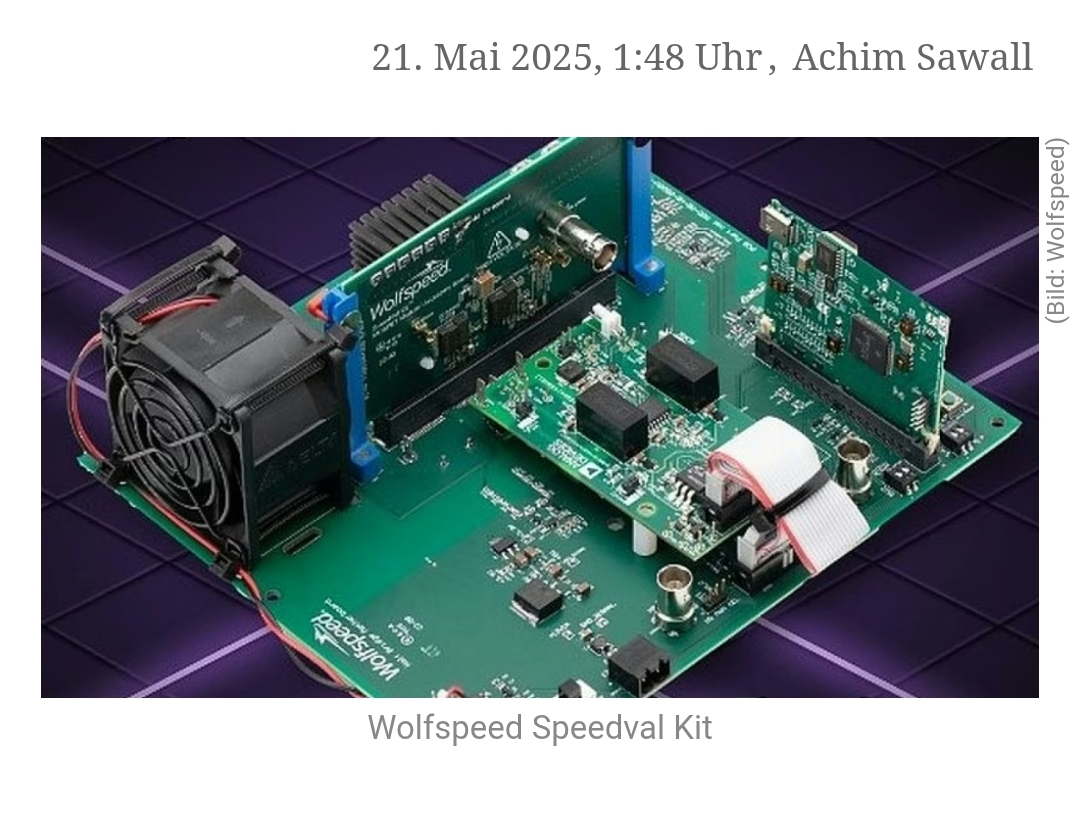Wolfspeed is being crushed by its debts. Trump had canceled a government subsidy for the silicon carbide manufacturer with factories in the USA.
The manufacturer of silicon carbide semiconductors Wolfspeed will file for bankruptcy in the coming weeks. This was reported by the Wall Street Journal (paywall), citing sources familiar with the matter. The reason for this is the listed company's high level of debt.
After Wolfspeed rejected several proposals from creditors to restructure its debts out of court, the company is now seeking a plan under the US Chapter 11 procedure, which is supported by the majority of its shareholders.
The company's shares fell by over 57 percent in extended trading.
Wolfspeed is struggling with sluggish demand in the industrial and electric car markets as well as uncertainty caused by the Trump administration's tariffs. Wolfspeed did not issue a statement
made no statement.
3,500 employees could lose their jobs
The company expressed doubts about the continuation of business operations earlier this month and forecast weaker annual sales than expected. Wolfspeed expects revenue of USD 850 million for its 2026 financial year, which is below analysts' estimates of USD 958.7 million.
Wolfspeed is headquartered in Durham in the US state of North Carolina. The Group has 3,500 employees in 17 countries. It has its own modern factory in Marcy, New York.
Wolfspeed wanted to build the world's largest plant for silicon carbide (SiC) semiconductors in Saarland. The transmission manufacturer ZF had agreed to take a minority stake in the factory. Wolfspeed wanted to build on the site of a former coal-fired power plant in Ensdorf. The project has been postponed indefinitely.
Wolfspeed was actually supposed to receive a total of 1.5 billion US dollars for two construction projects from the US Chips Act, the 52 billion US dollar funding program for the semiconductor industry in the USA set up under the Biden administration. However, while Intel, Samsung and TSMC received funding shortly before the end of Joe Biden's term of office, Wolfspeed did not receive any government aid. Wolfspeed's debt stands at 6.4 billion US dollars, plus convertible debt of 575 million US dollars, which is due by May 2026.
In 2017, Infineon tried to buy Wolfspeed, but the acquisition was blocked by CFIUS, the Committee on Foreign Investment in the United States.






